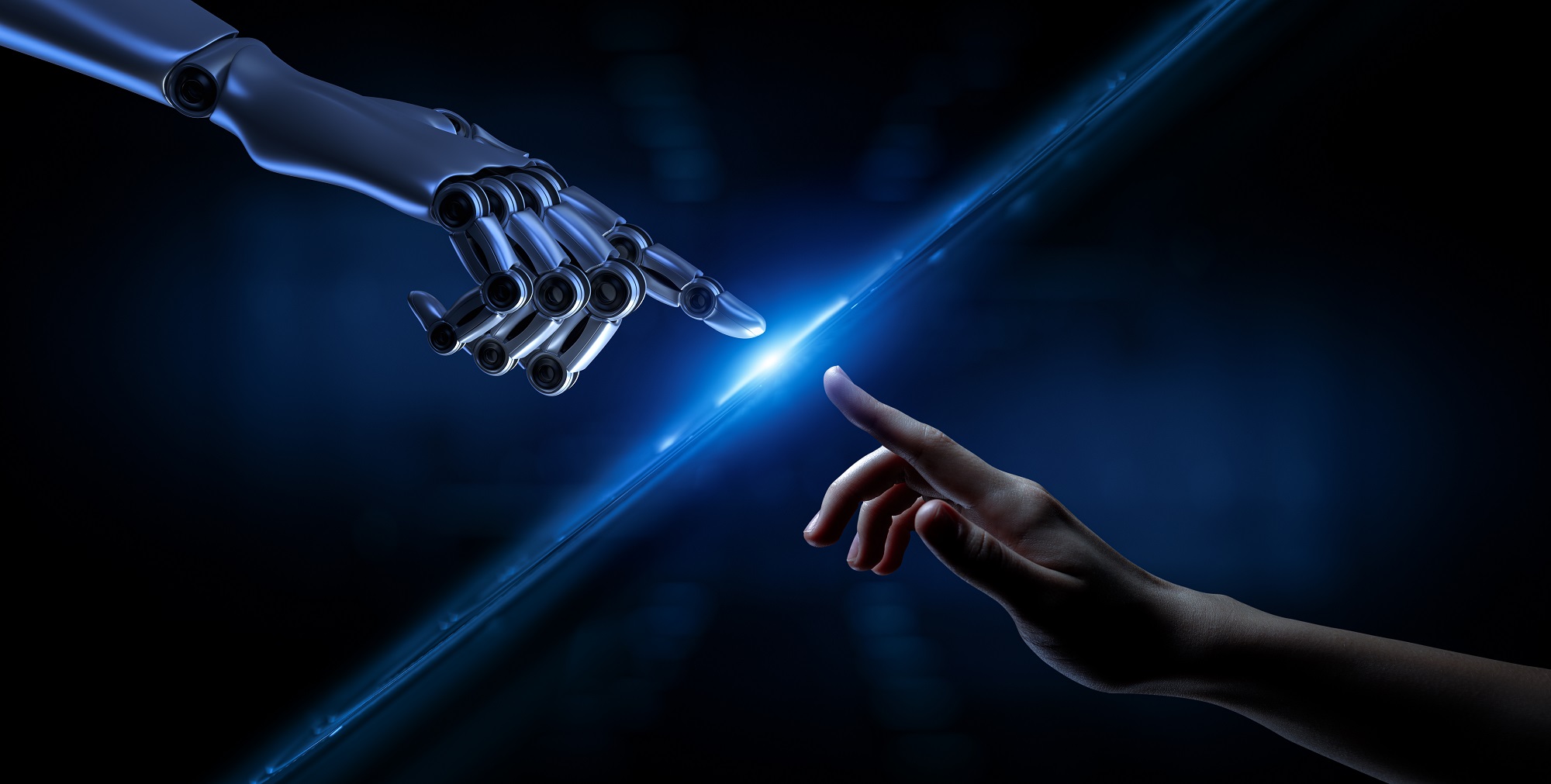Whose Work Is It Anyway?
- August 19, 2023
- Blog

Due to the growing use of artificial intelligence (“AI”) technologies, the U.S. Copyright
Office issued formal guidance on March 16, 2023 to address generative AI technologies capable
of producing expressive material. A general question raised by generative AI use is whether the
material produced is protected by copyright. According to the U.S. Copyright Office, copyright
can protect only material that is the product of human creativity; however, the use of
technological tools by humans does not necessarily render a work unprotected by copyright if
the AI-generated work is a product of human authorship.
In satisfying the human authorship requirement, the U.S. Copyright Office adopts the
definition of “author” from decisions rendered by the U.S. Supreme Court (the “Court”). In its
primary case regarding authorship, the Court excluded non-humans as authors when repeatedly
“describing authors as a class of ‘persons’ and copyright as ‘the exclusive right of a man to the
production of his own genius or intellect.’” The Ninth Circuit has held that a book containing
words authored by non-human beings can only be protected by copyright if there is “human
selection and arrangement of the revelations.” The U.S. Copyright Office’s current edition of the
Compendium of U.S. Copyright Office Practices, mirrors the ideals of judicial guidance on this
issue stating that it “will not register works produced by a machine [or other device] that
operates randomly or automatically without any creative input or intervention from a human
author.”
In evaluating whether the human authorship requirement is met, the U.S. Copyright
Office looks to whether the work is “basically one of human authorship,” where a computer or
other device is merely “an assisting instrument,” or whether the “traditional elements of
authorship” were “actually conceived and executed not by man but by a machine.” When the
traditional elements of authorship of a work are generated by a machine, the U.S. Copyright
Office will not register it as the work lacks human authorship. For example, when a human
provides solely a prompt to AI technology and the technology “produces complex written, visual,
or musical works in response,” the traditional elements of authorship are determined by the
technology and not the human user. Whether a work lacks human authorship depends on the
circumstances and is decided on a case-by-case basis. A work may contain sufficient human
authorship, however, when a human modifies “material originally generated by AI to a degree
that the modifications meet the standard for copyright protection,” or a human arranges “AI-
generated material in a sufficiently creative way that the resulting work constitutes an original
work of authorship.” For example, artwork formed by AI through a digital prompt that is then
edited further by an artist using a photo editing app would likely be copyrightable. In such cases,
what matters is the extent to which a human had creative control over the work’s expression.
On April 20, 2023, the U.S. Copyright Office provided additional guidance in a letter to
the Mechanical Licensing Collective (“MLC”) for determining royalty eligibility of musical
works generated using AI. Essentially, “those who claim ownership of a musical work that is not
protected by copyright are not entitled to royalty payments from the [MLC].” Even if an artist
does not affirm that a musical work was created collectively with AI, the U.S. Copyright Office
can still determine that a work lacks the necessary human authorship to qualify for copyright
protection. Certain circumstances, such as a songwriter claiming they created an extraordinary
number of musical works in an unusually short period of time, will indicate to the U.S.
Copyright Office that a musical work was likely created by AI.
Overall, a work that combines human creativity with AI-generated material may be
eligible for copyright protection if human authorship is the predominant element.










